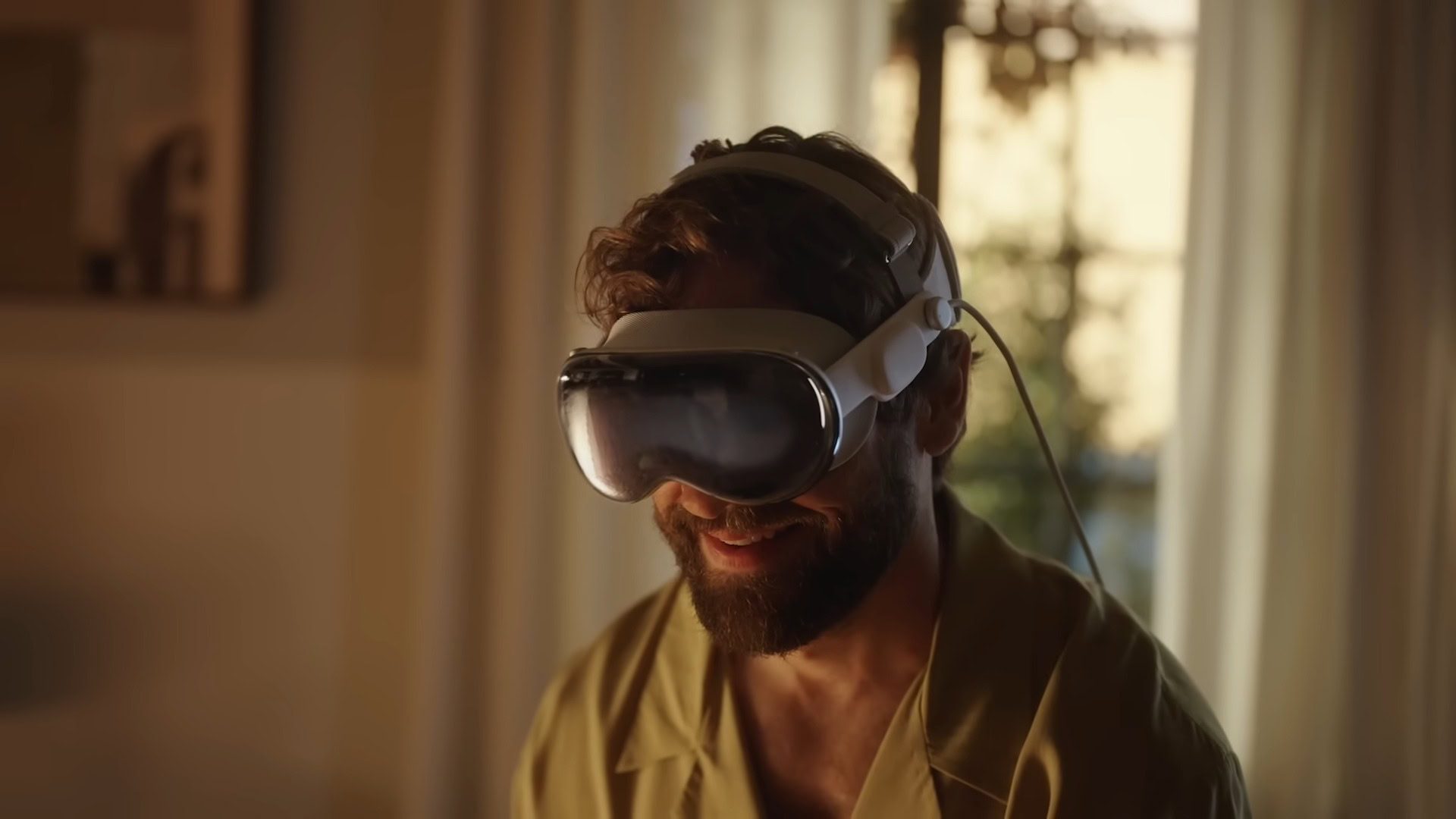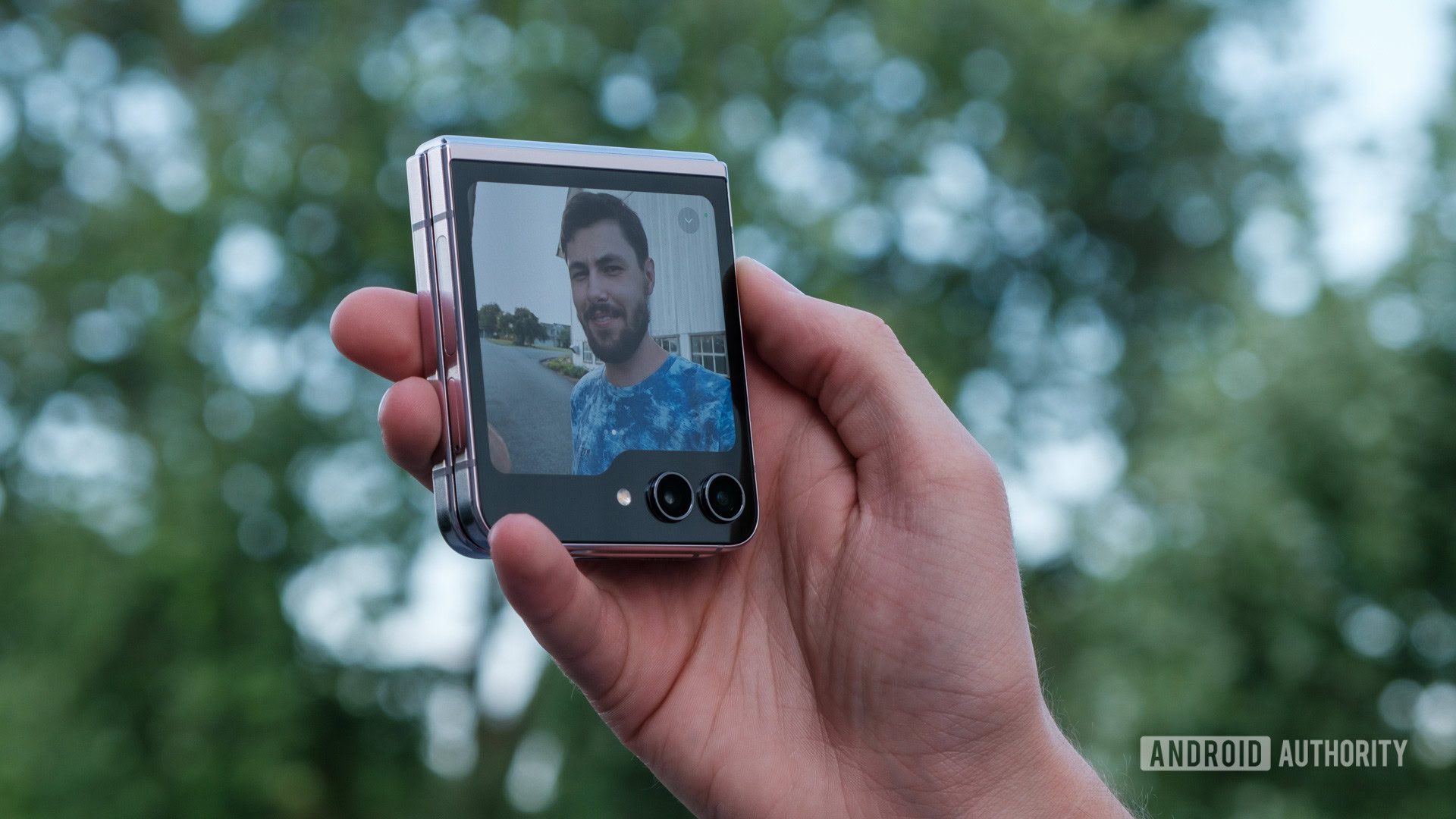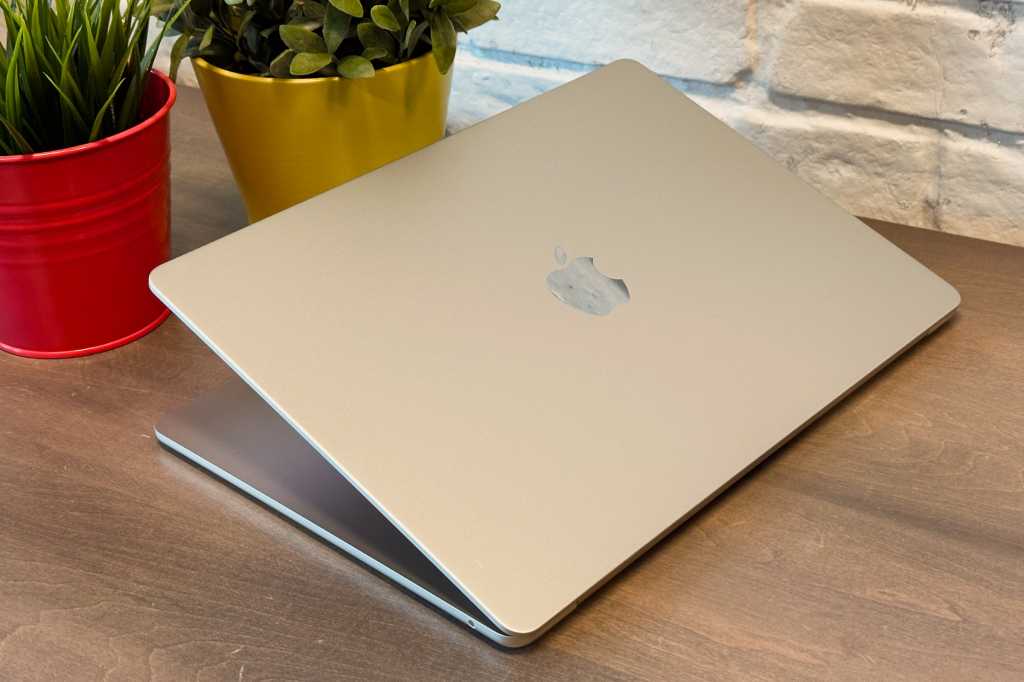Apple could release a cheaper Samsung Gear VR with its Vision headset
TL;DR Apple is reportedly considering requiring a connected iPhone or Mac for its cheaper Vision headset. This echoes the Samsung Gear VR headset, which requires users to slide their phone into the device. Apple launched the Vision Pro XR headset earlier this year, and it didn’t exactly set the cash registers on fire. The company […]

TL;DR
- Apple is reportedly considering requiring a connected iPhone or Mac for its cheaper Vision headset.
- This echoes the Samsung Gear VR headset, which requires users to slide their phone into the device.
Apple launched the Vision Pro XR headset earlier this year, and it didn’t exactly set the cash registers on fire. The company apparently appears to be moving forward with a cheaper headset, but it looks like Apple could take a cue from the Samsung Gear VR by requiring a tethered companion device.
Bloomberg journalist Mark Gurman reported in his Power Up Newsletter that Apple’s cheaper Vision headset is codenamed N107. The device will reportedly cost between $1,500 and $2,000 and was initially expected to launch as early as late 2025.
Gurman, however, echoed recent claims that Apple was struggling to bring down the cost of the headset. He suggested that the company could remove the external EyeSight display, reduce the quality/specs of the internal XR displays, use a lower quality chipset, and/or reduce the quality of the passthrough visuals. There’s another step Apple could take to cut costs.
A drastic reduction for Apple Vision
Gurman says Apple plans to make the less expensive Vision headset dependent on a connected Mac computer or iPhone.
“This would allow Apple to save money on the processing power and components needed to make the Vision Pro a fully standalone product,” the journalist explained.
This also wouldn’t be the first time we’ve seen an XR headset rely on a smartphone. Samsung’s Gear VR required users to slide their phone into the headset, with the smartphone providing both the display and processing power. We’ve also seen many PC-based headsets that require a connected PC for processing.
A cheaper Vision headset requiring an iPhone or Mac would still have its own internal screen, however. This would, however, go some way to reducing component costs, as Apple would not need to include a powerful processor in the headset, nor would it need to offer RAM and storage. This also means that users will experience a performance boost when upgrading to a new iPhone or Mac.
Otherwise, Gurman says Apple is still working on a second-generation Vision Pro headset (codenamed N109). The new device would feature a faster chip and improved external cameras. Apple is apparently looking for ways to make the headset lighter and more comfortable to wear. Unfortunately, the second generation headset is expected to arrive by the end of 2026 “at the earliest”.














